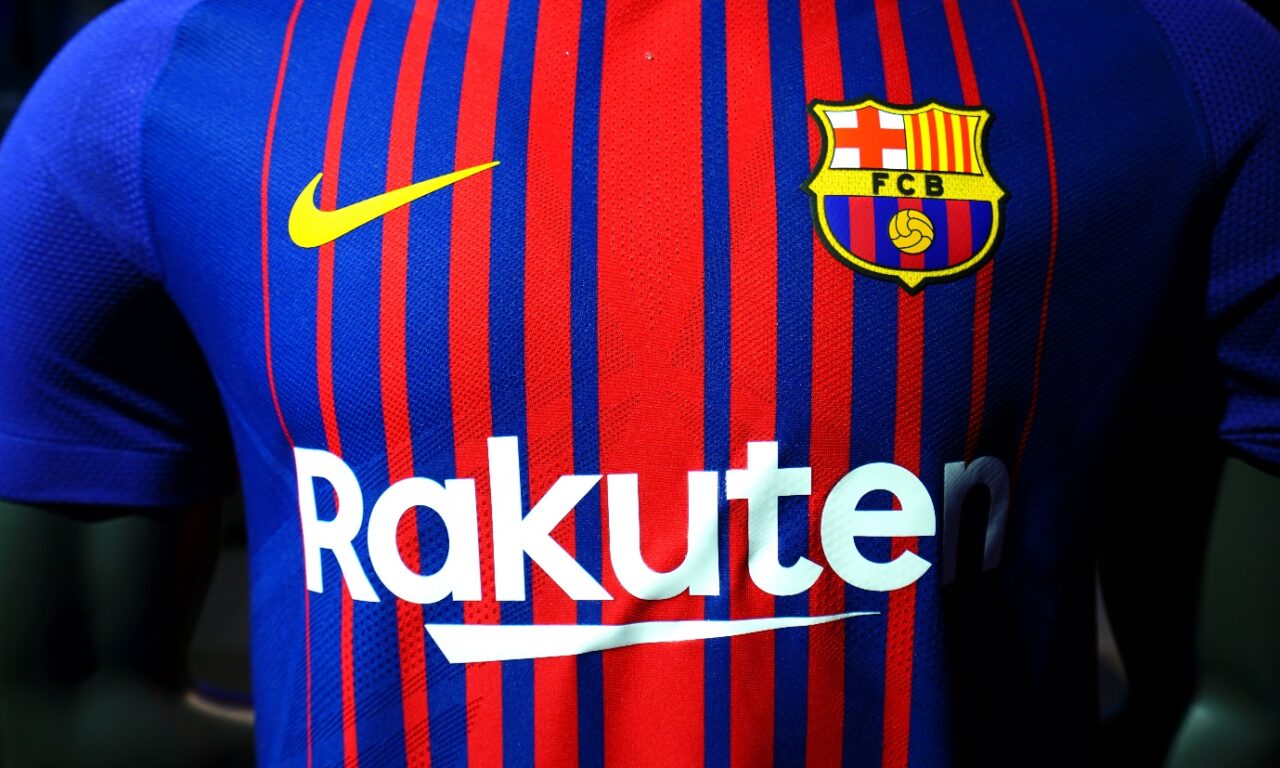Measuring sponsorship impact on brand and business value

Men are from Mars; Women are from Venus. The term could just as easily be applied to marketing and finance professionals. One speaks a language of awareness, consideration and advocacy, and the other talks of compounded annual growth rates and EBITDA. For marketing and finance to agree on sponsorship impact, we must find some common ground. That common ground is brand value.
Brand value calculates your brand’s contribution to generating revenue for the organisation.
Register for free access
Register now to unlock the very best expert insights, practical tips, and emerging trends to maximise the value of your sponsorships.





